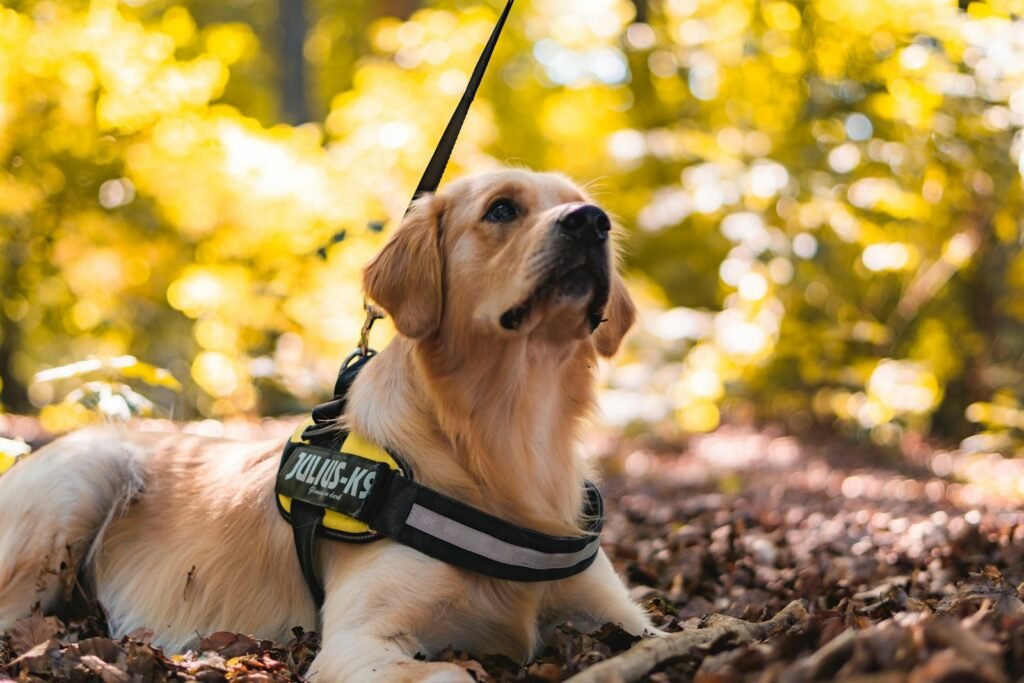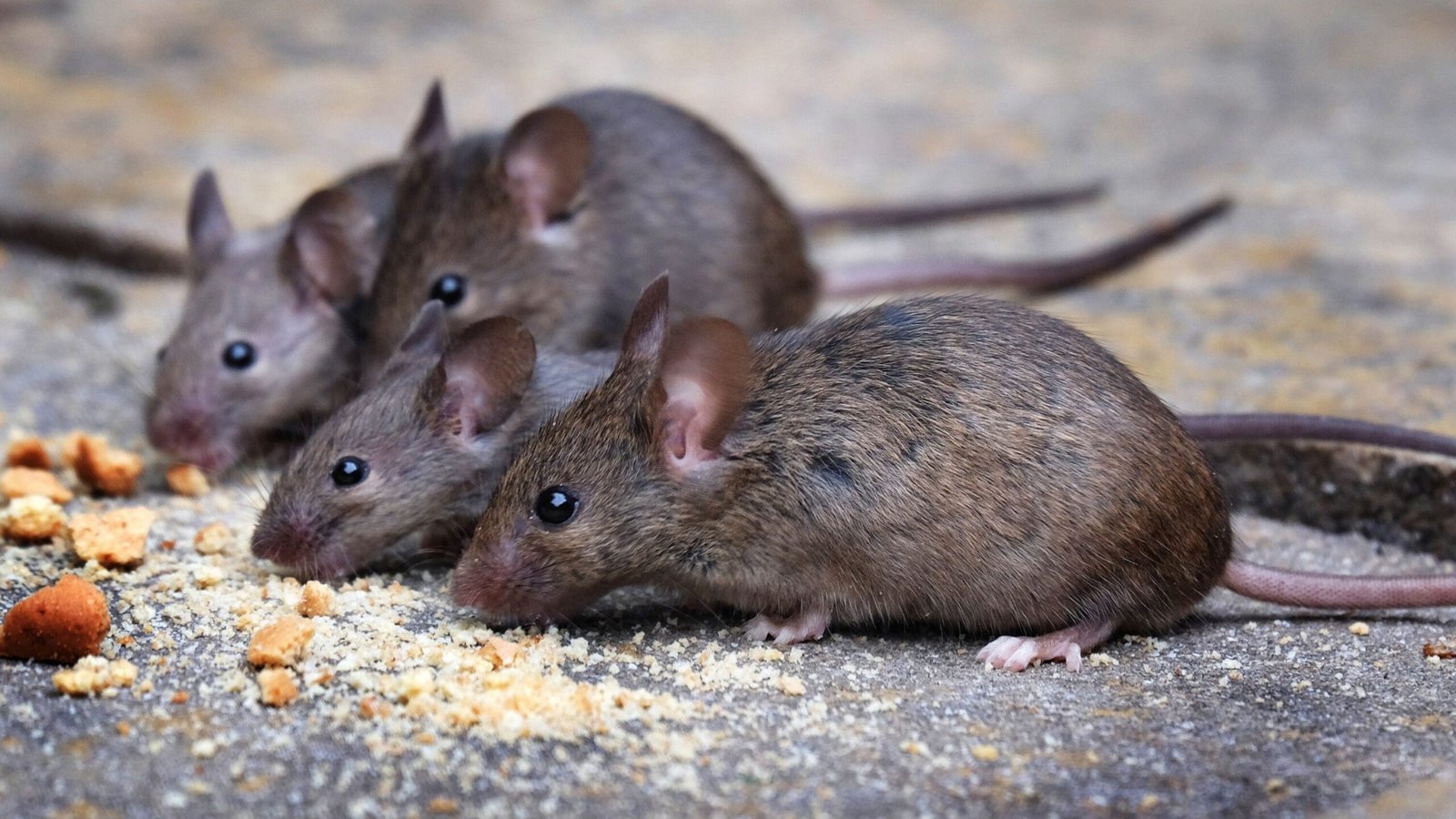Time is a concept that governs the universe, influencing every aspect of life from the nanoseconds of a hummingbird’s wing beat to the hefty decades of an ancient tortoise’s lifespan. While humans often feel the ticking clock looming over their shoulder, the perception of time in the animal kingdom varies immensely. This brings us to an intriguing question: Do dogs, our loyal companions, truly live in the moment, blissfully detached from the constraints of time? Let’s embark on an exploration of time perception across different species and unravel the mysteries of the animal clock.
Understanding Time Perception

The perception of time is a complex cognitive process, influenced by biological and environmental factors. For animals, this process isn’t measured by clocks or calendars but by internal rhythms, sensory cues, and survival needs. While humans often categorize time into past, present, and future, animals might experience it differently, often prioritizing immediate stimuli and responses to survive and thrive.
What Science Says About Time in Animals

Research into animal cognition has uncovered fascinating insights into how various species might perceive time. Studies have shown that some animals possess a keen sense of timing, often demonstrated by their ability to anticipate events, navigate long migrations, or, in the case of some birds, remember specific times for feeding and breeding rituals. This suggests that animals, indeed, have internal mechanisms to process time, albeit different from humans.
Dogs and Their Perception of Time

Dogs, often alleged to live entirely in the moment, provide a fascinating case study in time perception. Dogs do not wear wristwatches or possess any concept of the workweek, yet their behavior indicates some understanding of time passing. When waiting for their owner to return from work or learning new tricks, dogs demonstrate an awareness that blends memory, anticipation, and routine.
The Role of Routine in Dogs’ Lives

Dogs thrive on routine, which heavily influences their perception of time. Regular feeding schedules, walks, and playtime help dogs establish a sense of predictability in their day. This routine can make time appear to move differently for them, as familiar cues signal certain activities, thereby shaping their perception of the day.
Temporal Perception and Memory

Memory plays a significant role in how dogs perceive time. While dogs may not remember events with the precision that humans do, they have episodic-like memory—which allows them to recall past personal experiences significant to their survival and well-being. For example, dogs easily remember locations of treats or recognize familiar places even after long absences.
Do Dogs Really “Live in the Moment”?

The notion that dogs live entirely in the moment is both true and misleading. While they concentrate intensely on the present, reacting primarily to immediate stimuli, dogs possess a sense of time shaped by routine and memory. Their minds are attuned to the rhythms of their environment, signaling when certain behaviors should occur.
Evidence from Animal Behavior Studies

Animal behavior studies provide intriguing evidence of diverse time perception capabilities among species. For instance, pigeons have been shown to be quite adept at timing tasks, demonstrating an internal clock that helps them anticipate intervals accurately. Similarly, bees use their circadian rhythms to determine the best times to forage.
The Influence of Lifespan on Time Perception

An animal’s lifespan can affect how time is perceived. Smaller animals with rapid metabolisms, like mice, often perceive more “ticks of the clock” within a given second, making their subjective experience of time feel faster. Conversely, larger animals like elephants, which may live longer, might experience time more slowly, both biologically and behaviorally.
Impact of Environment on Temporal Awareness

The environment significantly impacts an animal’s perception of time. Seasonal changes dictate behaviors such as migration, hibernation, and reproduction. Animals living in regions with dramatic seasonal variations are often highly attuned to these changes, perceiving time through an environmental lens.
Time and Survival

For many species, the perception of time is intricately linked to survival. Predators and prey depend on quick reflexes and timely decisions to secure food or avoid being eaten. In these cases, the perception of immediacy and response speed is crucial, meaning time is experienced as a now-or-never scenario.
Emotional States and Time Perception in Animals

Emotion can alter how time is perceived by animals. For example, stress or anxiety may heighten an animal’s awareness of time, making moments feel prolonged, akin to how humans experience stress-induced time dilation. Conversely, positive emotions during play or social bonding might make time appear to pass swiftly.
Concluding Thoughts

While humans grapple with the relentless march of time, animals experience the world through a diverse array of internal clocks and rhythms. Dogs, our ever-present companions, offer a wonderful illustration of this phenomenon. Their apparent ability to live in the moment is intertwined with a keen awareness of routine and memory, reflecting a unique blend of temporal perception that enriches their lives and ours. Understanding when and how different animals perceive time deepens our appreciation of the natural world, highlighting the intricate tapestries of existence that surround us.




